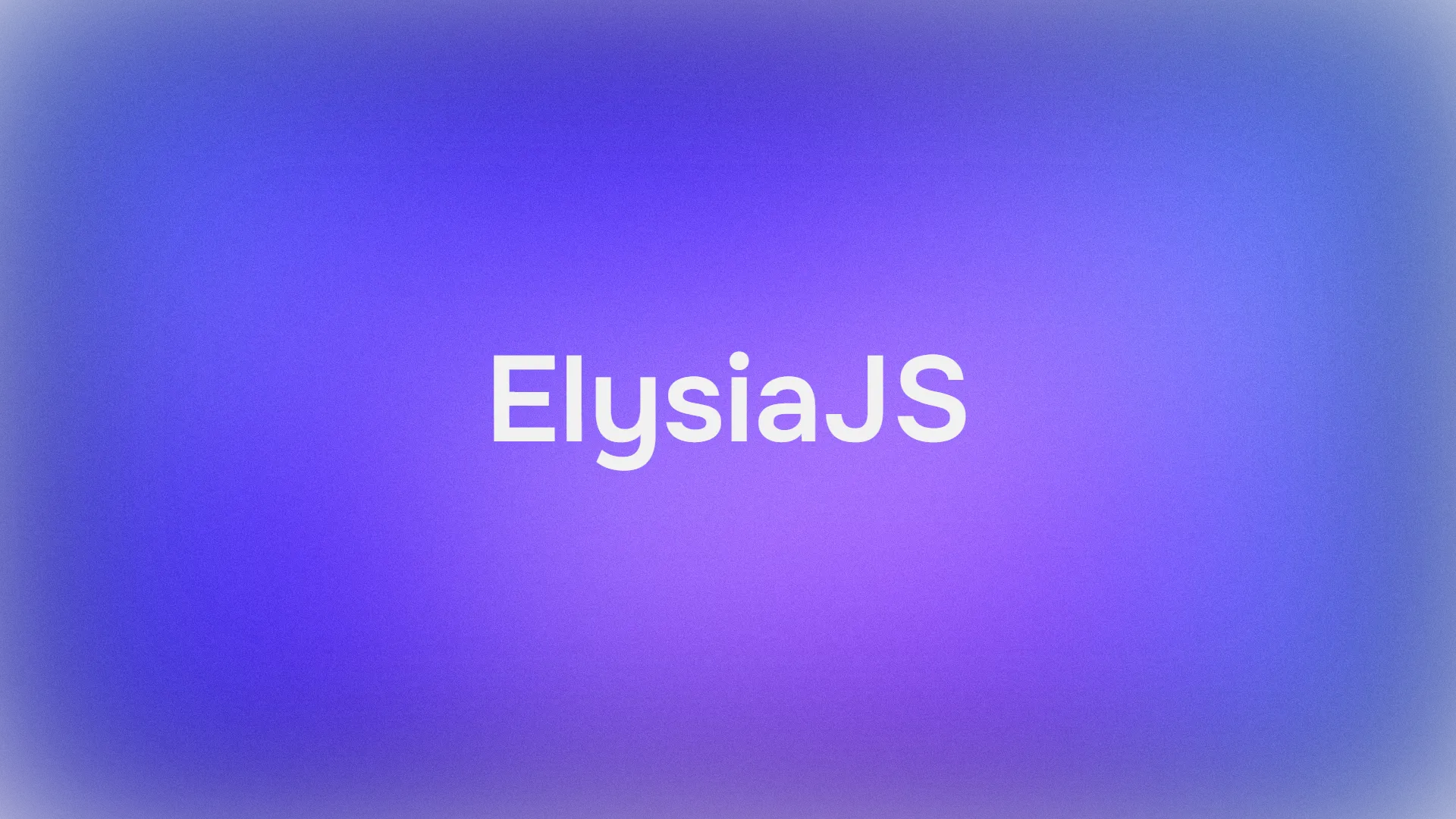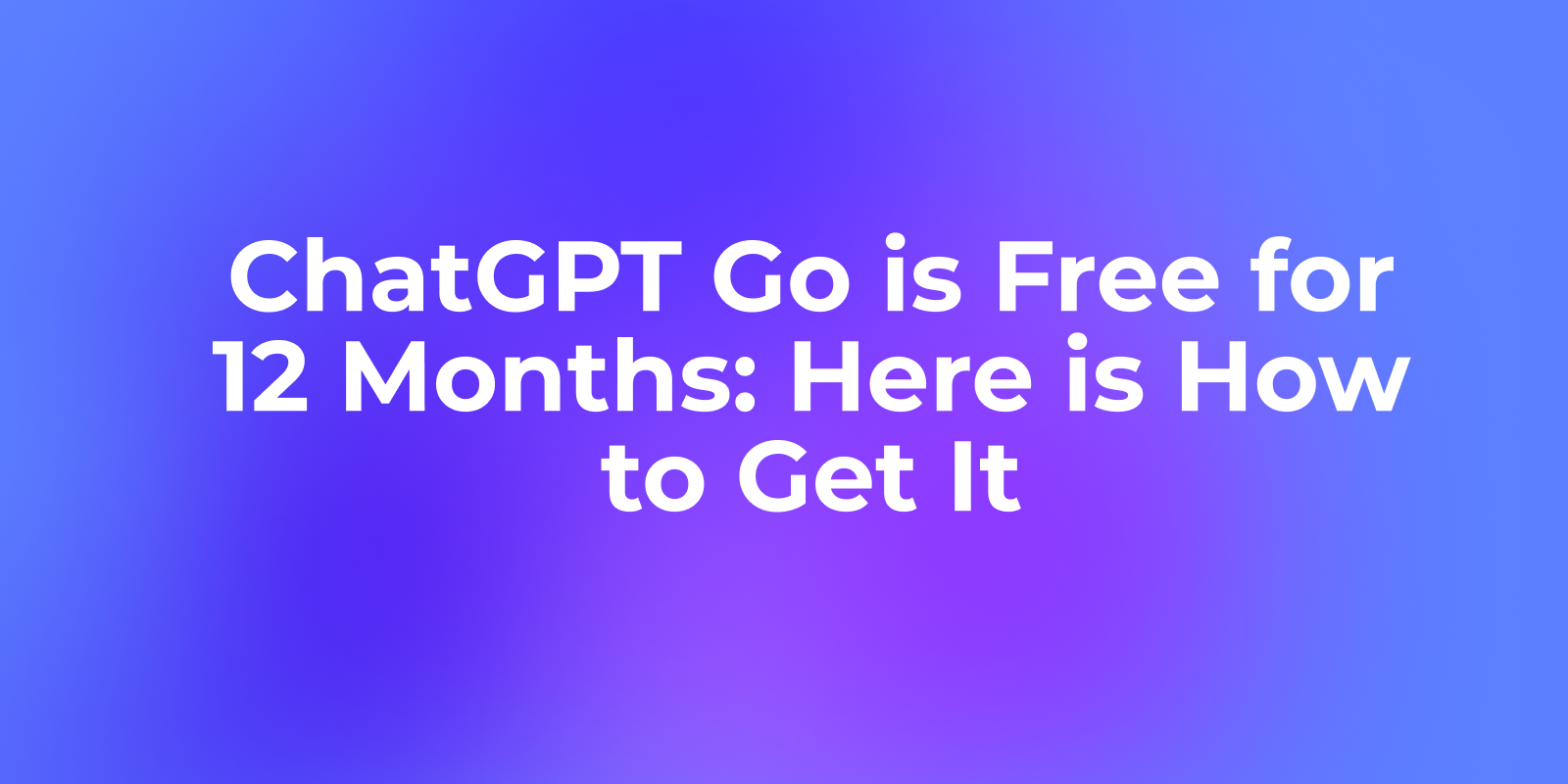In 2025, dedicated AI browsers are transforming the internet by embedding artificial intelligence as their core functionality, evolving beyond traditional navigation tools into intelligent assistants that anticipate needs, automate tasks, and boost productivity. Unlike conventional browsers with AI as an add-on, dedicated AI browsers are built from the ground up with AI at the center, offering seamless integration for content summarization, contextual analysis, and automation. This 1500-word article explores 10 dedicated AI browsers (or browser-like platforms) you can try in 2025, detailing their AI-first design, unique features, benefits, and limitations for users seeking cutting-edge browsing experiences.
Want an integrated, All-in-One platform for your Developer Team to work together with maximum productivity?
Apidog delivers all your demands, and replaces Postman at a much more affordable price!
Why AI Browsers Matter in 2025
AI browsers represent a paradigm shift, moving beyond traditional browsing to environments where AI is the backbone. Unlike retrofitted AI in conventional browsers, these platforms make AI feel native, reducing reliance on external tools. They excel at automating repetitive tasks, synthesizing information across tabs, and personalizing responses based on browsing context. For instance, Dia’s ability to interact with open tabs or Fellou’s research automation saves significant time, addressing the challenge of information overload in scattered digital workflows.
Public sentiment reflects excitement for these browsers, with users praising their innovative approach to web interaction, though some argue they resemble enhanced versions of traditional browsers. Privacy remains a concern, with Dia and Sigma emphasizing local encryption, while others lack transparent data policies.
1. Dia

Key Features: AI-first URL bar, tab-aware chatbot, customizable Skills, privacy-focused design.
Dia, a flagship AI browser launched in beta in June 2025, redefines browsing with its URL bar that doubles as a navigation, search, and AI prompt interface. Its context-aware chatbot summarizes open tabs, drafts content in your style, or automates tasks like adding items to an online cart.

The Skills feature lets users create custom AI tools for coding or shopping, while the opt-in History feature uses seven days of browsing data for personalized responses. Data is encrypted locally, with minimal server processing.

Why Try It? Dia feels like a personal assistant, ideal for research, writing, and automation without external tools.
Drawbacks: Currently macOS-only and invite-only, limiting access. Some users miss advanced tab management features.

2. Sigma AI Browser
Key Features: Sigma Chat, Sigma GPT, Sigma Summarizer, end-to-end encryption.
Sigma AI Browser integrates tools like Sigma Chat for conversational assistance, Sigma GPT for content creation, and Sigma Summarizer for condensing web pages. It prioritizes privacy with end-to-end encryption, no tracking, and compliance with global data regulations. Features like ad-blocking and phishing protection enhance security.
Why Try It? Ideal for privacy-conscious users seeking AI-driven content creation and summarization in a secure environment.
Drawbacks: Less emphasis on task automation compared to Dia or Fellou, with some feature overlap with other AI browsers.
3. Browserbase
Key Features: Headless browser for AI agents, automation framework compatibility, scalable infrastructure.
Browserbase is a platform for AI agents, offering a high-performance, headless browser environment for developers. It supports automation frameworks, enabling AI-driven web interactions like data scraping or form submissions at scale.
Why Try It? A top choice for developers building AI applications requiring robust web browsing capabilities.
Drawbacks: Not suited for casual users, requiring technical expertise for setup and use.
4. Genspark AI Browser
Key Features: AI agent for automation, contextual web interaction, research support.
Genspark, launched in 2025, embeds an AI agent that automates tasks like downloading papers or planning itineraries. It excels at contextual understanding, pulling data from open tabs or videos to streamline research, focusing on proactive task execution.
Why Try It? Great for students and researchers needing efficient handling of repetitive web tasks.
Drawbacks: Sparse details on privacy and security measures, with availability potentially limited by waitlists.
5. Poly
Key Features: Multimodal AI for file management, natural language search, fast previews.
Poly is an intelligent cloud image browser for the generative age, using multimodal AI to search and manage files via natural language. Its web-based interface supports AI-driven tasks like organizing images or generating previews, with a waterfall view for navigating large file collections.
Why Try It? Suited for creatives managing extensive file libraries, offering AI-powered organization and sharing.
Drawbacks: Niche focus on file management limits its appeal as a general-purpose browser.
6. Comet
Key Features: AI-driven search, tab-aware analysis, task automation.
Comet, developed by a leading AI search provider, is an AI-first browser set to launch in 2025. It integrates a powerful answer engine, allowing users to query open tabs, summarize content, and automate tasks like booking or research. It prioritizes concise, accurate answers within the browser.
Why Try It? Ideal for users who value advanced search capabilities in a browser-native experience.
Drawbacks: Still in development with limited beta access and unclear privacy policies.
7. Opera Neon
Key Features: Agentic mini-applications, AI tab management, contextual assistance.
Opera Neon, relaunched in 2025, is an experimental AI browser where users create custom mini-applications via its AI assistant. It offers AI-driven tab management to reduce clutter and contextual assistance for planning or research. Its vibrant interface appeals to creative users.
Why Try It? Perfect for those seeking a visually engaging, customizable AI browser with innovative features.
Drawbacks: Its experimental nature may lead to instability, and it lacks robust privacy features.
8. Quetta Browser
Key Features: AI-powered ad blocker, privacy protection, fingerprint prevention.
Quetta is a privacy-first AI browser with an AI-driven ad blocker and features to prevent tracking and fingerprinting. While its AI capabilities are less extensive than Dia’s, it uses machine learning to enhance security, making it a niche option for secure browsing.
Why Try It? Best for users prioritizing anonymity with light AI enhancements for security.
Drawbacks: Limited AI functionality compared to task-oriented browsers like Dia or Fellou.
9. Fellou
Key Features: Agentic browsing, task automation, visual report generation.
Fellou, dubbed the world’s first agentic browser, automates research and workflows, generating visual reports for tasks like trip planning or downloading research papers. It executes tasks faster than many AI research tools, proactively navigating the web to minimize manual input.
Why Try It? Perfect for researchers and professionals needing automated, data-driven insights. Its free access in 2025 is a major draw.
Drawbacks: Limited details on privacy protocols and platform compatibility. Early-stage development may cause instability.
10. Phew AI Tab
Key Features: AI-based tab grouping, local data encryption, cloud sync.
Phew AI Tab is a browser extension that transforms existing browsers into AI-driven environments. It uses AI to group tabs, analyze content, and sync data across devices, offering a lightweight alternative to full AI browsers. Local encryption prioritizes privacy.
Why Try It? Great for users wanting AI features without switching browsers, with a focus on tab management.
Drawbacks: As an extension, it lacks the deep integration of dedicated browsers like Dia.
Choosing the Right AI Browser
Your ideal dedicated AI browser depends on your priorities:
- Productivity and Automation: Dia, Fellou, or Genspark for task execution and research.
- Privacy and Security: Sigma AI Browser or Quetta for encrypted, tracker-free browsing.
- Development: Browserbase for AI agent integration.
- Creative Work: Poly or Opera Neon for file management and visual appeal.
- Lightweight Option: Phew AI Tab for users staying with existing browsers.
Most of these browsers are free or in beta, though some require invites. Test compatibility with your devices, as many are initially macOS-focused.
Conclusion
Dedicated AI browsers like Dia, Fellou, and Sigma AI Browser are reshaping web interaction in 2025, offering intuitive, task-oriented, and privacy-conscious experiences. By embedding AI at their core, they eliminate the need for separate tools, making the internet more efficient and accessible. Whether automating workflows, securing data, or managing creative projects, these 10 browsers provide innovative solutions. Explore their betas or waitlists to experience the future of browsing today.



